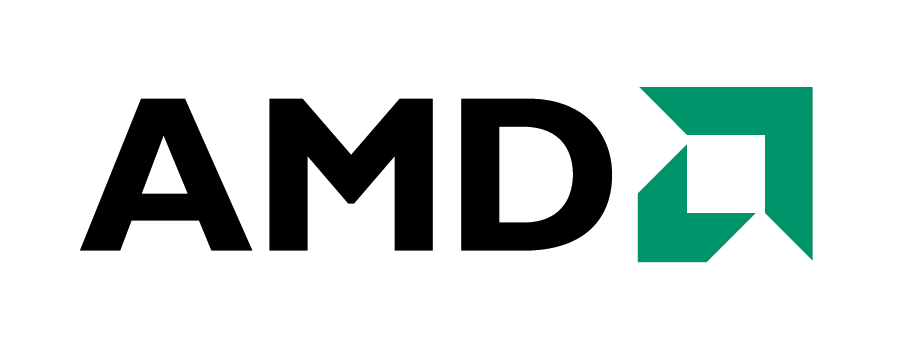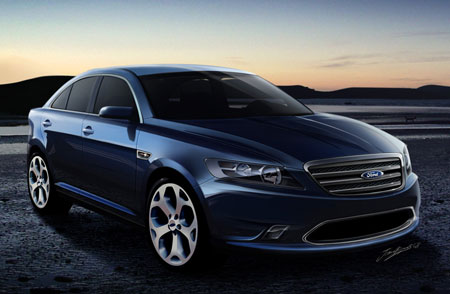 “Where’s the Taurus?” In the history of company turnarounds, it was one of the most penetrating and catalyzing opening questions ever offered by a new CEO to a demoralized executive team. The CEO was Alan Mullaly, who spent years at Boeing and at one point in the 1980s studied the successful rollout of the original Ford Taurus. For one to get a full sense of what Mulally faced you have to follow the progression of the dialogue in a Fast Company article written after the encounter:
“Where’s the Taurus?” In the history of company turnarounds, it was one of the most penetrating and catalyzing opening questions ever offered by a new CEO to a demoralized executive team. The CEO was Alan Mullaly, who spent years at Boeing and at one point in the 1980s studied the successful rollout of the original Ford Taurus. For one to get a full sense of what Mulally faced you have to follow the progression of the dialogue in a Fast Company article written after the encounter:
“I arrive here, and the first day I say, ‘Let’s go look at the product lineup.’ And they lay it out, and I said, ‘Where’s the Taurus?’ They said, ‘Well, we killed it.’ I said, ‘What do you mean, you killed it?’ ‘Well, we made a couple that looked like a football. They didn’t sell very well, so we stopped it.’ ‘You stopped the Taurus?’ I said. ‘How many billions of dollars does it cost to build brand loyalty around a name?’ ‘Well, we thought it was so damaged that we named it the Five Hundred.’ I said, ‘Well, you’ve got until tomorrow to find a vehicle to put the Taurus name on because that’s why I’m here. Then you have two years to make the coolest vehicle that you can possibly make.’?” The 2010 Taurus is arriving on the market this spring, and while it is not as startling as the original 1986 Taurus, it is still pretty cool.

In the everyday grind of competing, it can be difficult to see the forest from the trees. Mulally set a tone as well as a course of action to break through the market morass and create a market leader. Today Ford is considered to be not only much stronger than GM and Chrysler but at a minimum on par with Toyota and Honda. Ford has the #1 and #2 most recognizeable brands in the F150 truck and the Mustang. Before the Taurus was shelved it was ranked #3.
In the PC market there are multiple forces at play that are damaging Intel, AMD and nVidia’s ability to thrive long term. First and foremost, Apple has taken the Commanding Heights and has redefined the level of processing and graphics horsepower that is appropriate for the user. The user has not rebelled. In some of the higher end machines, Apple has obliged and put in the latest Intel i7 and ATI Graphics cores, however in the high volume, meat of the market, it is often last season’s model of processor and graphics. This is how they are able to grow their margins to over 40% in a market where Dell and HP are gasping for 10%.
The three remaining semiconductor players need to get way out in front of this with streamlined products and targeted brands that are recognizable and create value for the long term. nVidia has taken this to heart with the Tegra brand and it is without a doubt the most recognizable CPU in the tablet and Smartphone space outside of the ubiquitous Apple “A5” nomenclature.
Intel’s branding has been an utter disaster. Like the example at the beginning of the story, Intel let the Pentium brand go to waste after spending billions educating people through unprecedented ad campaigns and its little jingle. It was shoved to the ash heap of history in 2006 for what was called “core” than “core duo” and then the repetitive “core 2 duo”. That was replaced with the i7, i5 and i3 to get people to associate it with BMWs branding style. However, the i3 languishes as people veer away from it. As PCs dropped in price though, Intel had a dog fight on its hand with the Celeron (a badly damaged brand from the 1990s), and it therefore decided to bring back the Pentium to be slotted between Celeron and i3 in order to garner an extra $10 per box.
AMD is guilty of pushing too many brands in the same market space as well as highlighting future processor code names like “Bulldozer” and “Llano” and the architecture called “Fusion”. These code names are used interchangeably with the real brands all the time – it is confusing and another branding disaster. Already future processor code names are being communicated, especially to Wall St. analysts to win their approval on their competitiveness. Intel has done this as well with Sandy Bridge, Ivy Bridge etc…
The truth is that the x86 market model that was based on selling by the MHz is collapsing as compute devices come down in price and vary in their capability. Intel will not be able to hold up the i7, i5, i3 price model much longer because the spread in system prices is narrowing. Every component outside the CPU has declined tremendously over the past 10 years. I remember the time when LCDs cost $500. No more, we are down in double digit land. And now, Microsoft has figured out that if they go a little lighter on the O/S, they can reduce the DRAM footprint which the result is that the effective cost of DRAM heads to $0 on an asymptotic curve.
Brands and products go hand in hand. The processor folks at AMD need to figure out how to build a good $20 chip that is more graphics based and go out-market nVidia and Intel in the <$200 tablet space. Likewise the consumer PC that sells for <$399 could use a nice $50 processor not based on MHz but battery life, low TDP thermals and a strong Brand. And finally, build a nice $75-$100 processor that sucks Intel out of the Ultrabook category where it is planning to sell CPUs from $125 to $350 but mostly above $200.
Look at where Intel sits today in the <$500 market. They have two broken brands: The Celeron from the 1990s and the Atom, which had a short life in netbooks due partly to the fact they were de-featured on the orders of Intel and Microsoft. DRAM had to be 2GB or less and Hard Drives had to be 250GB and under. The CPU and O/S were promoted as 32 bit vs standard 64 bit. Since the first netbooks, crashing component prices have allowed 15” notebooks to enter the same <$399 pricepoints. Atom has been stigmatized and yet Intel looks to promote it in Tablets and Smartphones. Intel needs to can Atom and start fresh with new brands for the Tablets and Smartphone markets.
With Windows 8 coming out in the next year, there is confusion over how many versions there will be and the support level for ARM vs. x86. One thing we do know and consumers know is that AMD and Intel will run Windows 8. What most people presume is that an ARM based CPU from nVidia will be limited – this goes for corporate as well. AMD should fill the processor gap between nVidia and Intel in terms of price and features and market the fact they have been compatible since the earliest Microsoft O/S and FUD the crap out of nVidia. As for Intel, we know that they will be too high priced to play in AMD’s segment. A winning strategy is there for AMD’s taking.
Share this post via:









Quantum Advantage is About the Algorithm, not the Computer